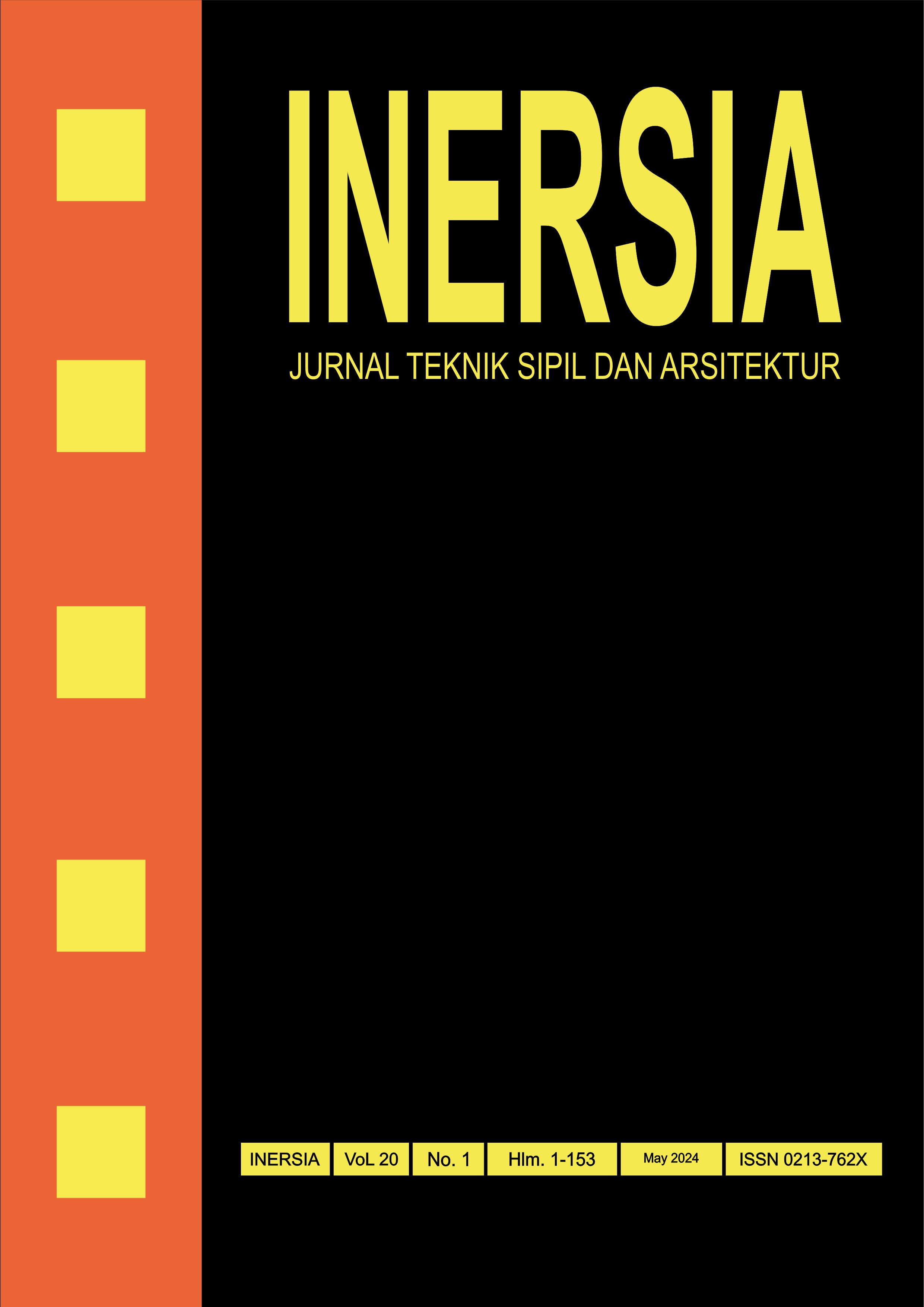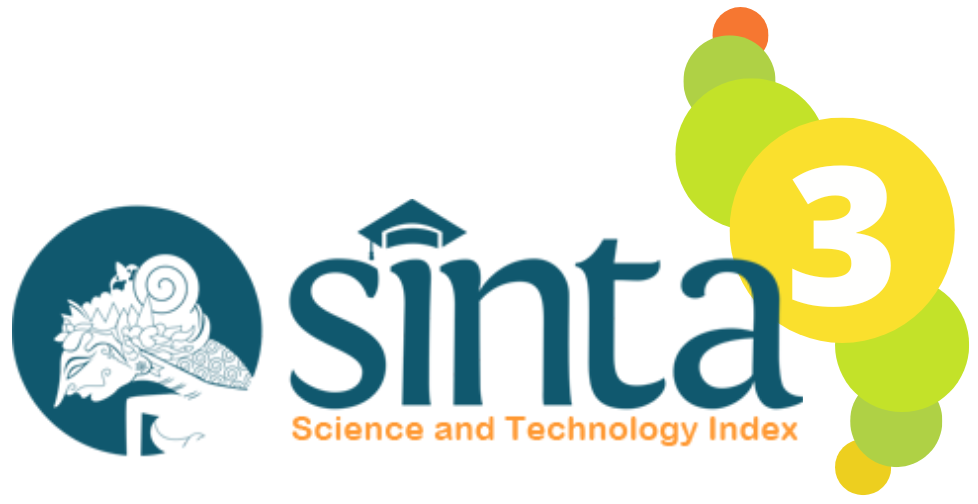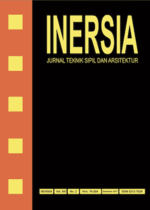Perceptions of Ride Hailing for First Mile and Last Mile Trips in Yogyakarta Urban Area
DOI:
https://doi.org/10.21831/inersia.v20i1.63509Keywords:
ride hailing, first mile, last mileAbstract
The high population density and mobility in the Yogyakarta Urban Area necessitate the improvement of transportation services. The current population density in Yogyakarta is approximately 13,007 people per square kilometer, and the city experiences significant daily commuter traffic. Problems occur because the available modes of transportation have several limitations. While the existence of stations/airports/terminals requires connectivity from other modes of transportation. Ride-hailing services have emerged as a convenient and practical solution for users. However, the integration of ride-hailing services with multimodal systems, particularly for first mile and last mile trips, is still considered inadequate, and there is limited empirical evidence on this matter. Therefore, conducting an in-depth study is crucial to comprehend users' perceptions of ride-hailing for first mile and last mile trips. Primary data collection was conducted by face-to-face and online using Google Form on 416 respondents. The primary data collection technique was carried out using the convenience sampling method. The data collected consists of socio-demographic data, travel characteristics and variables that influence respondents to use ride-hailing for first mile and last mile trips. This research uses descriptive analysis, and exploratory factor analysis, by employing exploratory factor analysis, the results reveal that there are 2 factors that influence respondents to choose to use ride-hailing, namely convenience and practicality and service performance. Convenience and practicality refer to the ease of service, including payment and ordering, and the ability for ride-hailing services to pick up or drop off users at home. Service performance includes short waiting times, certain travel times, comfort, and safety. Improving these aspects could enhance the integration of ride-hailing services with existing transportation systems, addressing current inadequacies.
References
ITDP. (2019). Pedoman Integrasi Antarmoda. https://itdp-indonesia.org/wp-content/uploads/2020/03/Pedoman-Integrasi-Antarmoda.pdf
Circella, G., Alemi, F., Tiedeman, K., & Org, E. (2018). The Adoption of Shared Mobility in California and Its Relationship with Other Components of Travel Behavior. https://escholarship.org/uc/item/1kq5d07p
Conway, M., Salon, D., & King, D. (2018). Trends in Taxi Use and the Advent of Ridehailing, 1995–2017: Evidence from the US National Household Travel Survey. Urban Science, 2(3), 79. https://doi.org/10.3390/urbansci2030079
Dias, F. F., Lavieri, P. S., Kim, T., Bhat, C. R., & Pendyala, R. M. (2019). Fusing Multiple Sources of Data to Understand Ride-Hailing Use. Https://Doi.Org/10.1177/0361198119841031, 2673(6), 214–224. https://doi.org/10.1177/0361198119841031
Irawan, M. Z., Putri, M. K., Belgiawan, P. F., & Dwitasari, R. (2017). Analyzing Commuters' Behavior on Egress Trip from Railway Stations in Yogyakarta, Indonesia. The Open Transportation Journal, 11(1), 53–66. https://doi.org/10.2174/1874447801711010053
Pramana, A. Y. E., & Efendi, H. (2019). Tingkat Aksesibilitas Transportasi Publik di Wilayah Peri-Urban Kawasan Perkotaan Yogyakarta. Reka Ruang, 2(1), 10–17.
Ramadhani, D. P., & Herwangi, Y. (2018). Spatial Equity in Trans Jogja Performance in the Yogyakarta Urbanized Area (YUA). IOP Conference Series: Earth and Environmental Science, 158(1). https://doi.org/10.1088/1755-1315/158/1/012014
Valentine, V., Devi, M. K., & Pramana, Y. (2020). Jangkauan Layanan Trans Jogja terhadap Sebaran Aktivitas dengan Pendekatan Point of Interest di Kawasan Perkotaan Yogyakarta. Prosiding Simposium Forum Studi Transportasi Antar Perguruan Tinggi Ke-23Institut Teknologi Sumatera (ITERA), 612–621.
Dawes, M. (2016). Perspectives on the Ridesourcing Revolution: Surveying individual attitudes toward Uber and Lyft to inform urban transportation policymaking.
Irawan, M. Z., Belgiawan, P. F., Tarigan, A. K. M., & Wijanarko, F. (2020). To compete or not compete: exploring the relationships between motorcycle-based ride-sourcing, motorcycle taxis, and public transport in the Jakarta metropolitan area. Transportation, 47(5), 2367–2389. https://doi.org/10.1007/s11116-019-10019-5
Rayle, L., Dai, D., Chan, N., Cervero, R., & Shaheen, S. (2016). Just a better taxi? A survey-based comparison of taxis, transit, and ridesourcing services in San Francisco. Transport Policy, 45, 168–178. https://doi.org/10.1016/J.TRANPOL.2015.10.004
Downloads
Published
How to Cite
Issue
Section
License
Authors who publish with INERSIA journal agree to the following terms:
- Authors retain copyright and grant the INERSIA journal right of first publication with the work simultaneously licensed under Creative Commons Attribution License (CC BY 4.0) that allows others to share the work with an acknowledgment of the work's authorship and initial publication in this journal.
- Authors can enter into separate, additional contractual arrangements for the non-exclusive distribution of the published version of the work (e.g., post it to an institutional repository or edit it in a book), with an acknowledgment of its initial publication in this journal.
- Authors are permitted and encouraged to post their work online (e.g., in institutional repositories or on their website) before and during the submission process, as it can lead to productive exchanges, as well as earlier and greater citation of published work.

INERSIA by https://journal.uny.ac.id/index.php/inersia was distributed under a Creative Commons Attribution 4.0 International License











